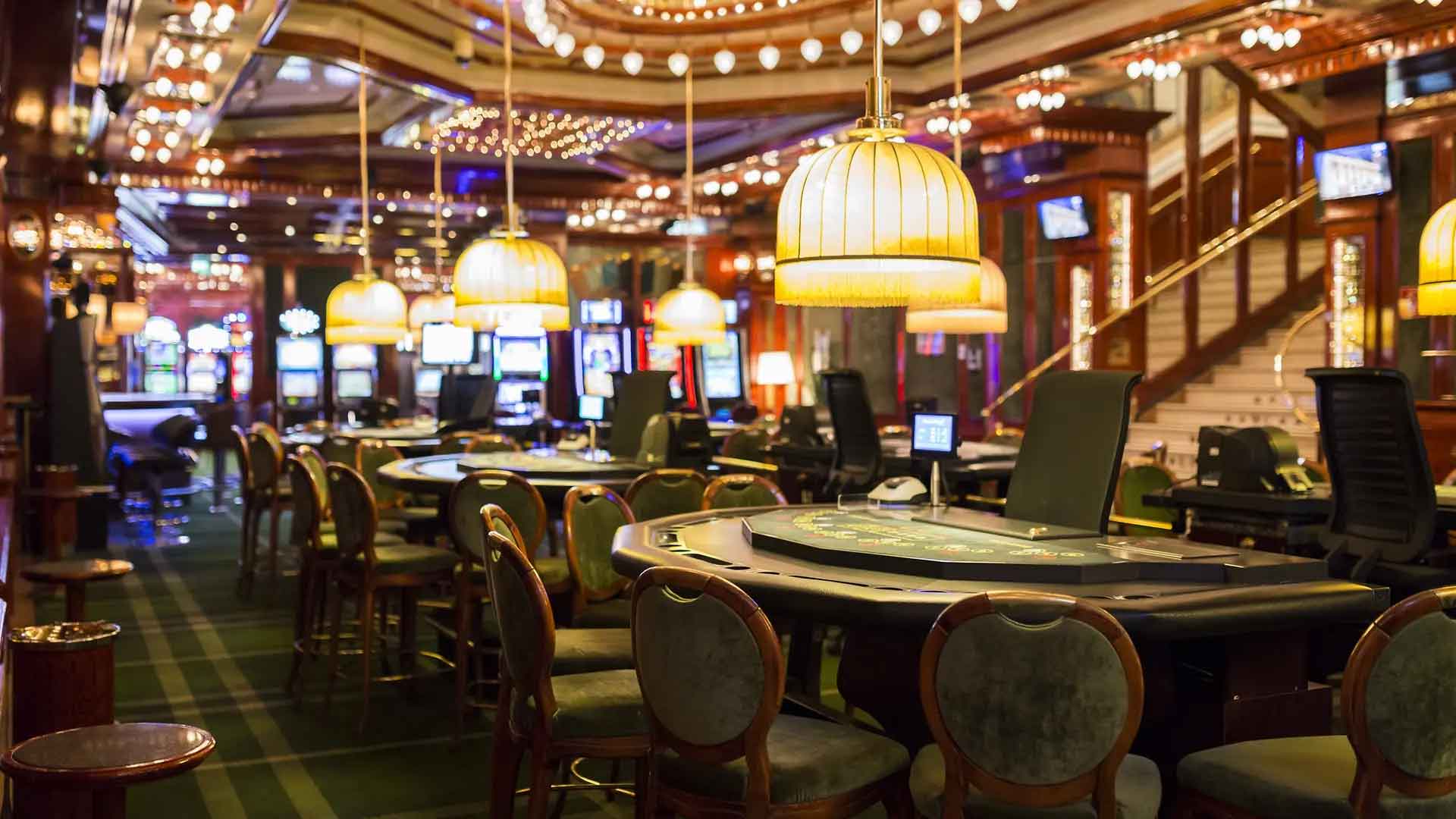From Gold Rush Taverns to Mega-Casinos

From Gold Rush Taverns to Mega-Casinos
The story of modern casinos is a fascinating journey, spanning continents and centuries, and reflecting the evolving nature of human entertainment and enterprise. It's a tale that begins in the dusty, raucous taverns of the 19th-century American Gold Rush and culminates in the glittering, architecturally astounding mega-resorts that dominate skylines today. This evolution is a testament to humanity's enduring fascination with chance, entertainment, and the pursuit of fortune, transforming simple card games into a multi-billion dollar global industry.
During the California Gold Rush of the mid-1800s, makeshift settlements sprung up almost overnight, attracting prospectors from around the world drawn by the promise of untold riches. These nascent towns quickly established saloons and taverns, serving as vital social hubs and, crucially, centers for gambling. Here, amidst the clamor and grit, games like Faro, Poker, and Blackjack were played on crude wooden tables, often lit by flickering oil lamps. The atmosphere was raw, volatile, and driven by the transient nature of prospectors hoping to strike it rich, both in the mines and at the card tables. These establishments were far from the regulated, sophisticated venues we know today; they were more about quick stakes, camaraderie, and often, quick tempers, embodying the wild frontier spirit.
As the Gold Rush era waned, gambling continued to thrive in various forms, often existing in a legal grey area or outright defiance of prohibition laws. In places like New Orleans, with its vibrant French Quarter, and burgeoning urban centers like New York, underground speakeasies and private clubs maintained the tradition, catering to a clientele seeking thrill and escape. The early 20th century saw a patchwork of legalities across the United States, with gambling often being suppressed in some areas while flourishing clandestinely in others. This period, characterized by its clandestine operations and colorful characters, laid the groundwork for a more formalized industry, even if it remained largely out of the mainstream eye.
The true turning point in the modern casino narrative came with the legalization of gambling in Nevada in 1931. Las Vegas, then a small desert town, was uniquely positioned to become the epicenter of this new legal frontier. Early pioneers, some with ties to organized crime, saw the immense potential and began building the first purpose-built casinos. Iconic names like the Flamingo, Sands, and Sahara evoke the glamour and audacity of the nascent Las Vegas Strip. These early establishments weren't just about gambling; they offered live entertainment featuring top-tier performers, fine dining, and luxurious accommodations, pioneering the 'integrated resort' concept long before it became a ubiquitous term. The allure of world-class entertainers, coupled with the irresistible thrill of the casino floor, cemented Las Vegas's reputation as 'The Entertainment Capital of the World,' attracting visitors far beyond just avid gamblers.
Fast forward to the 21st century, and the evolution is staggering. Today's mega-casinos are architectural marvels, sprawling complexes that redefine luxury and entertainment on an unprecedented scale. From the Bellagio's iconic dancing fountains to the Venetian's elaborate indoor canals and gondolas, these resorts are destinations in themselves. They offer everything from high-end shopping malls and expansive convention centers to world-class spas, theaters, and Michelin-starred restaurants. The focus has decisively shifted from mere gambling dens to comprehensive leisure and business hubs, attracting a wider demographic of visitors, not just those solely interested in the gaming tables. Major players in the global gaming industry continually innovate, investing billions in these multi-faceted entertainment complexes. This expansion isn't confined to Las Vegas; Macau, Singapore, and increasingly other global cities are home to their own impressive mega-resorts, reflecting a worldwide appetite for high-end gaming and hospitality.
Perhaps the most transformative shift in recent decades has been the advent of online gambling. What began as rudimentary websites in the mid-1990s has blossomed into a multi-billion dollar industry, accessible via computers and mobile devices worldwide. Players can now enjoy slots, table games, and live dealer experiences from the comfort of their homes, anytime, anywhere. This digital revolution has democratized access to gaming, reaching audiences that might never set foot in a physical casino. Platforms like m88 asia slot are prime examples of how the industry has adapted, offering a vast array of games and catering to a global audience, showcasing the immense reach and convenience of modern online gaming. The synergy between brick-and-mortar casinos and their online counterparts is growing, with many traditional brands now offering robust online presences, further blurring the lines between physical and virtual entertainment.
The future of the casino and gaming industry promises even further innovation. Expect more sophisticated integration of cutting-edge technology, including virtual reality (VR) and augmented reality (AR) for truly immersive gaming experiences. Personalized customer experiences driven by artificial intelligence (AI) will become the norm, tailoring offerings to individual preferences and behaviors. Sustainability and responsible gaming initiatives will also play a larger role as the industry continues to mature and seeks broader societal acceptance. The lines between traditional entertainment, luxury hospitality, and advanced technology will continue to blur, creating even more dynamic and engaging environments for patrons across the globe.
From the rough-and-tumble saloons of the Gold Rush, fueled by the raw dreams of prospectors, to the glittering, high-tech mega-casinos that redefine luxury and entertainment globally, the evolution of the gambling industry is a remarkable saga. It's a story of adaptability, innovation, and an unwavering human desire for thrill, fortune, and an escape into a world of curated excitement. What began as a simple card game among weary miners has transformed into a sophisticated, global enterprise, continually pushing the boundaries of what is possible in leisure and entertainment, ensuring its place as a cornerstone of modern leisure.